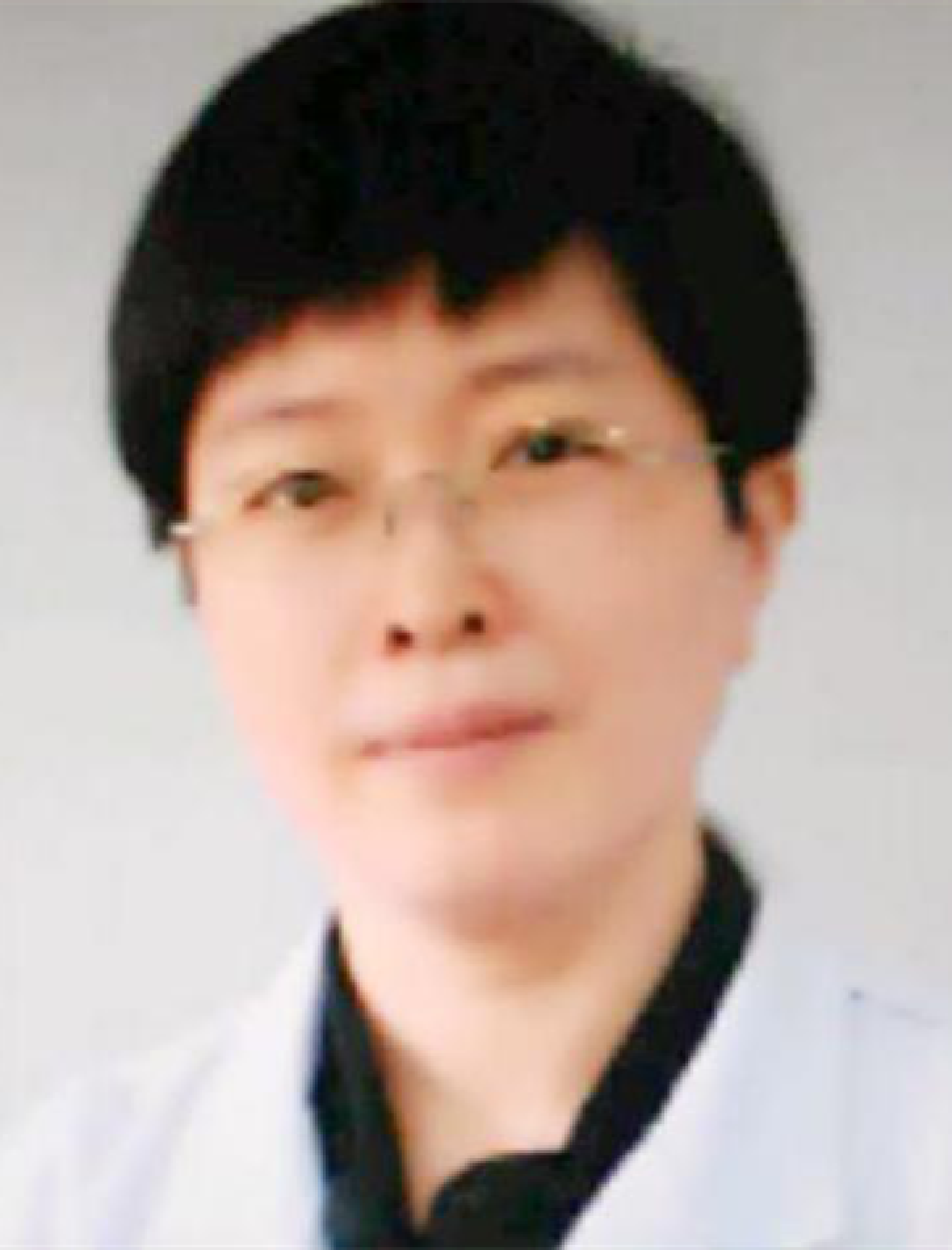Blood Transfusion
Overview
Overview
The Department of Blood Transfusion, formerly known as the blood bank, was built in 1976. At its earliest stage, it belonged to the Clinical Laboratory, but became independent in 1984. Inheriting the realistic spirit of Zhejiang University, it has now become the largest blood transfusion department in Zhejiang Province due to the efforts of several generations of staff and decades of development, which combines medical treatment and teaching in one location. At the present time, the main part of the department is located on the 2nd floor of building No. 5 and the HIV screening laboratory is located in the south of building No. 9.
Our department increased from 8 personnel to 22 staff members in 1995. The authority for blood collection and supply was transferred to the Provincial Blood Center in 1996, resulting in personnel number in the department being gradually reduced to 13. Twelve staff members hold at least a Bachelor degree, representing 92% of the staff. One person acquired a senior professional title, four individuals hold intermediate titles, and six staff have Junior titles.
Component blood usage in our hospital has been increasing since we initially carried out the research on component blood transfusion in 1978. In co-operation with the Department of Hematology, the first plasma exchange was successfully completed in 1993, which opened up new avenues for the treatment of intractable and immune diseases. The blood transfusion consultation system was established in 1994, and as a result, the role of the Department of Blood Transfusion changed from simple supply of blood to a department that is closely integrated with the clinical section, being involved in laboratory diagnosis, clinical treatment, teaching and research. At the end of 2000, following the acceptance of the Provincial Center for Disease Control, the Provincial Health Department approved the establishment of the HIV screening laboratory in the department. This heralded a new era for the detection, prevention and treatment of AIDS within the hospital.
Features
The department is well equipped with modern medical instrumentation and equipment, such as automatic enzyme-linked assay systems, an automatic sampling instrument, various types of centrifuges, dedicated refrigerators for blood storage, platelet incubators and so on. Staff in the department have also established difficult techniques for blood type identification, cross matching of blood, antibody screening, Coombs' test, leukocyte reduction before transfusion and preoperative virological testing (including HBsAg, Anti-HCV, Anti-HIV, TP, TRUST及TPPA), and removal of white blood cells. In addition, we are gradually developing a storage solution for autotransfusion and a method for platelet antibody detection. The full implementation of the blood information management system and blood temperature control system ensures 24-hour uninterrupted real-time monitoring of the safety of inventory blood.
Research and Education
In addition to promoting the safe, effective and scientific use of clinical blood, business learning and training have also been carried out at regular intervals (at least once a month). More than ten provincial scientific research projects were undertaken independently or in co-operation, and more than twenty academic, first author papers have been published in domestic core journals. The department has also undertaken the teaching of clinical testing interns in medical colleges across the country and taught the new transfusion technology to advanced students nationwide.
Treatments and Services
The Department of Blood Transfusion is responsible for formulating the plan for the use of blood in the clinic as well as strict monitoring of the blood reserves according to national laws and regulations. The department evaluates the efficacy and the risks of blood transfusion, including performing laboratory testing, monitoring and evaluation of the adverse reactions of blood transfusion. Under the leadership of the hospital clinical blood transfusion management committee, the department is responsible for the clinical management, guidance, training and supervision of blood transfusion. In addition, it is responsible for the clinical use of blood at Cheng Zhan Hospital as well as scientific supply, deployment and management.
In recent years, the contradiction between blood supply and demand has been increasingly prominent, due to the continual shortages of blood, combined with the increase in the number of hospital beds. To ensure clinical operations are carried out smoothly and that the average length of stay in the hospital is shortened, the department actively adjusted working ideas, adopted a series of corresponding measures and as a result, has already achieved remarkable results. Firstly, the department focused on strengthening and promoting the clinical use of blood in a scientific and rational manner, through communication with clinical staff and constant publicity. The department strengthened the concept of scientific, rational use of blood, which gradually improved the awareness of clinicians. This instilled a greater respect for the blood resources, and reduced the abuse of blood, which in turn conserves the blood supply. Secondly, the department actively encouraged relatives and friends of the patients to donate blood, which broadened the recruitment channel for accessing blood. At the same time, the department communicated through several channels with the Provincial Blood Center to ensure the reservations of blood. Thirdly, the department achieved improved scientific management of the blood, greatly reducing the blood expiry rate, and easing the tension on blood supply. Fourthly, great efforts have been made to perform autotransfusion to relieve the pressures on blood supply and avoid the spread of disease through blood products. Moreover, we have adopted several approaches, such as filtering out leucocytes, irradiating blood products, washing red cells and other methods to reduce adverse transfusion reactions, prevent transfusion-associated graft-versus-host disease and promote the safe and effective use of blood in the clinic. The hospital has also been very active in carrying out component blood transfusion, and its rate of success has now reached 99.99%.





